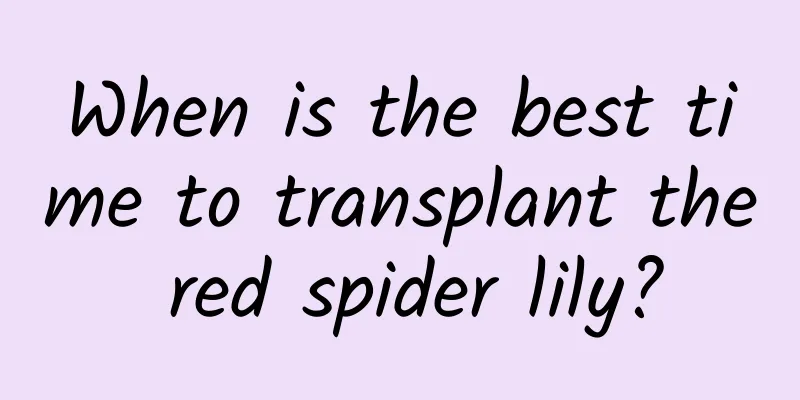How to grow Huanghuai Cassia

1. Maintenance methods1. Temperature: The temperature between 15 and 30 degrees is more suitable. According to its habits, it can withstand temperatures as low as minus two degrees Celsius for a short period of time, and general frost will not cause much harm to it. However, it is very afraid of wind, so it should not be blown by cold wind in winter. 2. Light: Overall, it is a neutral plant, slightly biased towards the positive side. If it is a young plant, it prefers shade. However, if it is an adult plant, its requirement for sunlight will be relatively higher. Therefore, it should not be placed in a too shady place for a long time. 3. Watering: Cassia tora does not require much water, and it has very good drought resistance. So, don't water too much. Also, when choosing a site for sowing, do not choose a place that is too low-lying, otherwise it will easily become waterlogged when it rains. 4. Fertilization: Yellow Sophora Cassia requires little fertilizer. Generally speaking, as long as there is an appropriate amount of nutrients in the soil, it will be fine. During the entire growing period, fertilizing once or twice is enough. 2. Breeding techniques1. Reproduction: A commonly used method is sowing, but the germination rate is generally not very high. Women can sow seeds on March 2 in spring. Before sowing, soak it in 40 to 50 degree warm water, and then sow the seeds. Specifically speaking, the "row sowing" method is most appropriate, with a row spacing of about 25 centimeters. In addition, it needs to be covered with soil about one centimeter thick. After about ten days, it will sprout. 2. Pruning: During the winter, probably after the leaves fall, pruning is required. It is also best to prune it after it blooms. Then as for its shape, you can cut it into the shape of a small tree. 3. Problem diagnosis and treatment1. Disease: The main disease is called "damping-off disease", also known as "damping-off disease". It can be treated with Grade A thiophanate. In addition, there is another disease called "stem rot", which can be treated with carbendazim and requires shade. 2. Pests: There are not too many pests. If they appear, they can be caught manually or treated with dichlorvos. IV. Other issues1. Toxicity: It is not poisonous and is also a medicinal material. 2. Can it be kept at home: Generally not. Firstly, because it is a shrub or tree, it is tall and takes up a large space; secondly, it is not an ornamental variety. |
<<: How to grow yellow candy orchid
>>: How to grow gray vegetables
Recommend
Canna cultivation methods and precautions
1. Breeding methods illumination Canna is best gr...
What are the varieties of Monstera
1. Miniature Monstera It is the smallest in size ...
Can green radish be hydroponically cultivated? Hydroponics methods and precautions
Can green radish be grown hydroponically? Green i...
How to prune geraniums
When to prune geraniums Geraniums are suitable fo...
Purslane cultivation method
1. Maintenance methods 1. Temperature: It has str...
How to sow the seeds of the barbata lily that you bought
Time When sowing Scutellaria barbata, it is usual...
What flowers are suitable for growing in Ankang? What are the city flowers and trees?
1. Climate characteristics of Ankang Ankang City ...
How to grow peach trees on the balcony and what to pay attention to
1. Lighting Issues Peach trees naturally need sun...
The breeding methods and precautions of Ping Pong Lady
Ping Pong Ladybug is difficult to grow. It takes ...
What to do if asparagus fern does not grow new branches
1. Increase light appropriately Although asparagu...
What to do if the leaves of the hanging bamboo plum turn green
Why do the leaves of the hanging bamboo plum turn...
Bougainvillea snow purple flower
Bougainvillea Snow Purple is a purple and white v...
How to grow bougainvillea
1. Watering During the maintenance period, the so...
What is the flower language of Epiphyllum?
Flower Language The flower language of Epiphyllum...
The efficacy and role of the ten great merits
Medicinal This is the most important aspect, most...









